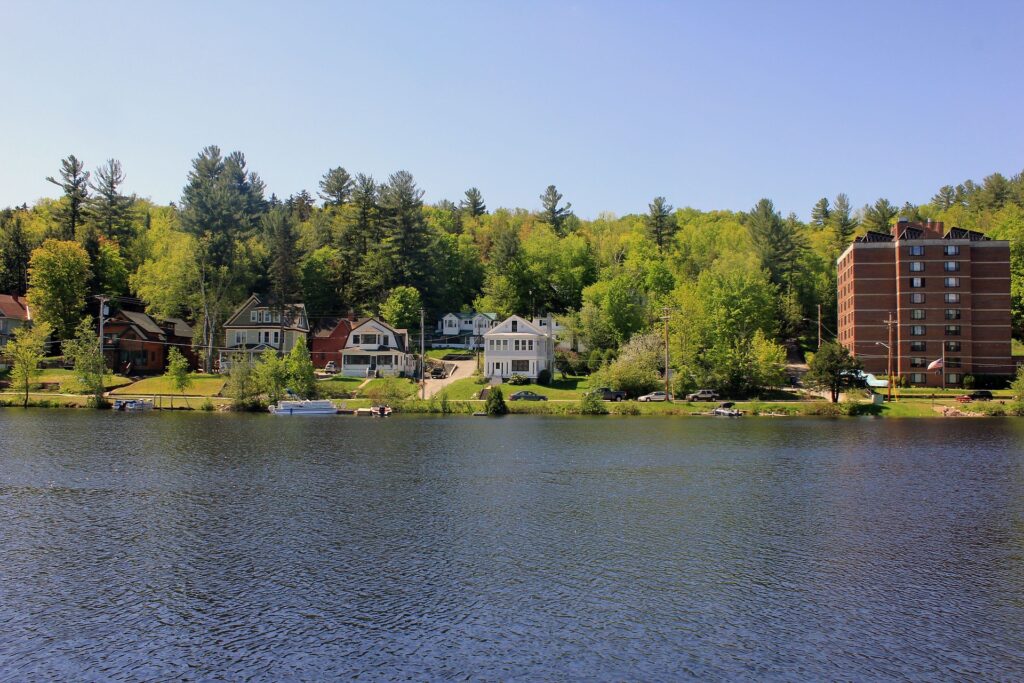How to Start a Travel Blog: A Step-by-Step Guide


Travel blogging is a rewarding and exciting venture, allowing you to share your adventures, experiences, and insights with an eager audience. Whether you’re passionate about exploring new cities or immersing yourself in different cultures, a travel blog provides a platform to document your journeys and inspire others. However, you must follow a few essential steps before posting your travel stories. This guide will help you create a successful travel blog from scratch.
Define Your Niche and Audience
Defining your niche is crucial before diving into the technical side of blogging. A travel blog can cover many topics, from luxury travel to budget backpacking or adventure tourism. To stand out in a crowded space, you must carve out a specific niche that appeals to a targeted audience. For example, you could focus on solo travel, sustainable travel, food tourism, or travel for families. Narrowing down your focus helps you attract a more dedicated audience who shares your interests.
Once you’ve decided on your niche, it’s essential to identify your target audience. Who are you writing for? Are they millennials looking for budget-friendly adventures or professionals seeking luxury getaways? Understanding your audience will guide your content strategy, helping you create posts that resonate with readers and answer their questions. Additionally, this clarity will shape your blog’s tone and style, whether casual and fun or more professional and informative.
Choose a Blogging Platform
With your niche and audience in mind, choosing a blogging platform is time. The platform you select will determine how easily you can create, manage, and scale your blog. Thanks to its user-friendly interface and customization options, WordPress is the most popular choice for travel bloggers. With thousands of themes and plugins, WordPress allows you to create a personalized blog that fits your needs. Many travel bloggers also appreciate its flexibility in terms of design and functionality.
Other platforms to consider include Squarespace and Wix, ideal for beginners. These website builders come with built-in templates and drag-and-drop functionality, making them easy to use. However, while these platforms are great for simplicity, they may need moredPress’s advanced customization options. Regardless of which platform you choose, make sure it suits your technical skill level and the long-term goals of your blog.
Get Hosting and Set Up Your Domain
Once you’ve chosen a platform, you’ll need to get hosting and set up a domain name for your blog. Hosting is where your blog will live on the internet, and a reliable host ensures your website loads quickly and stays online without interruptions. Some hosting providers, such as Bluehost and SiteGround, offer beginners special packages that include hosting and a free domain for the first year. These options are ideal for travel bloggers just starting.
When selecting a domain name, choose something catchy, memorable, and relevant to your travel niche. Ideally, your domain should be short and easy to spell so visitors can easily find your site. Avoid using complicated words or numbers, as these can be confusing. Using keywords related to travel in your domain name is also a good idea, as this can help with search engine optimization (SEO) later on. Once you’ve chosen the perfect name, register it through your hosting provider or a domain registrar like Namecheap.
Design Your Blog and Customize Your Theme
After securing hosting and a domain, the next step is to design your blog and customize your theme. Most blogging platforms offer a range of pre-made themes, some free and others paid. When choosing a theme, look for one that is mobile-responsive, as more and more users access websites from their smartphones. Choosing a theme that complements your content and reflects your blog’s personality is also essential.
Customization doesn’t have to be complicated. Many themes allow you to adjust colors, fonts, and layout options with just a few clicks. However, if you want more control over the look and feel of your site, you may want to invest in a premium theme or hire a web designer. Your blog’s design should not only be visually appealing but also user-friendly. Visitors should be able to navigate your blog efficiently, finding the information they’re looking for without frustration. A clean, organized design will help establish your credibility and keep readers coming back for more.
Create Quality Content
Content is the backbone of your travel blog, and the quality of your posts will directly impact your blog’s success. Start by brainstorming content ideas that align with your niche. You might write destination guides, share tips for budget travel, or post personal stories from your adventures. Ensure your content provides value to your readers no matter what you write about. For instance, offer practical advice, insider knowledge, or unique perspectives that aren’t readily available on other travel blogs.
In addition to writing high-quality content, consistency is critical. Posting regularly will help build your audience and improve your blog’s SEO. Try to set a posting schedule that works for you, whether once a week or twice a month. Remember that well-researched, well-written posts are more likely to be shared and linked to, increasing your blog’s visibility. Incorporating relevant keywords into your posts is essential to improve your rankings in search engine results. High-quality content will engage your audience and establish your authority in travel blogging.
